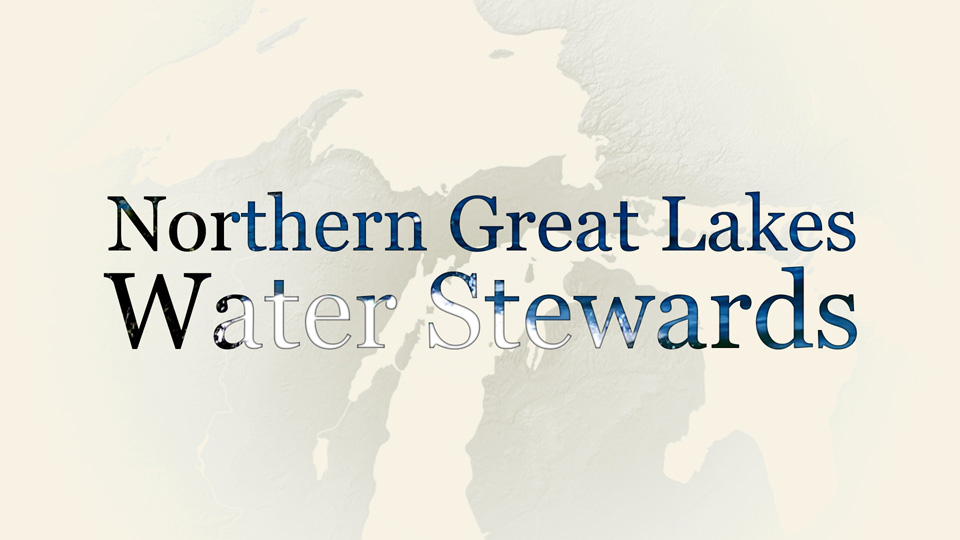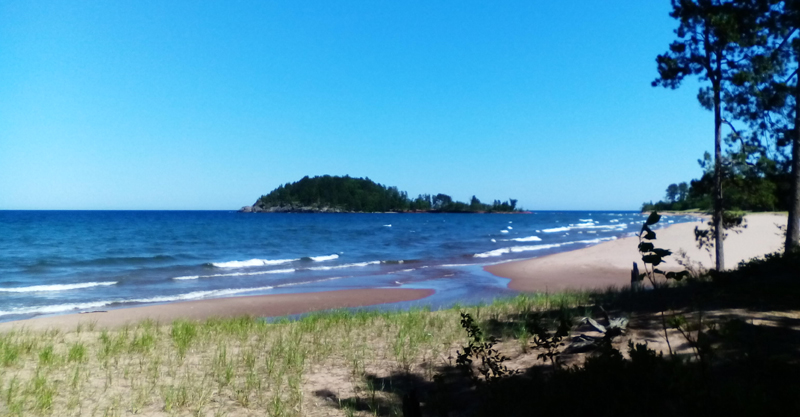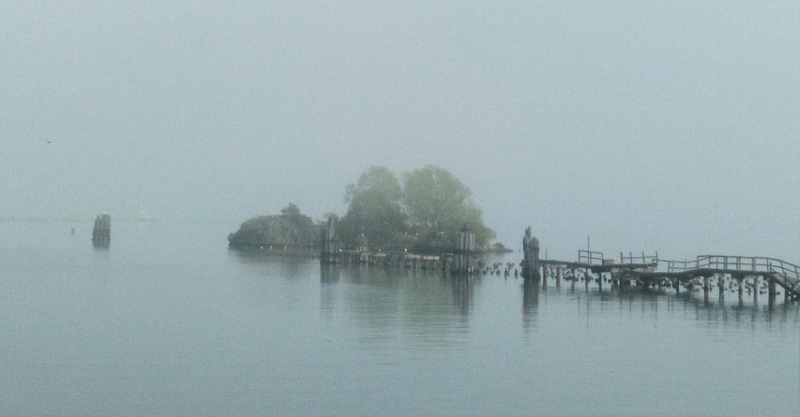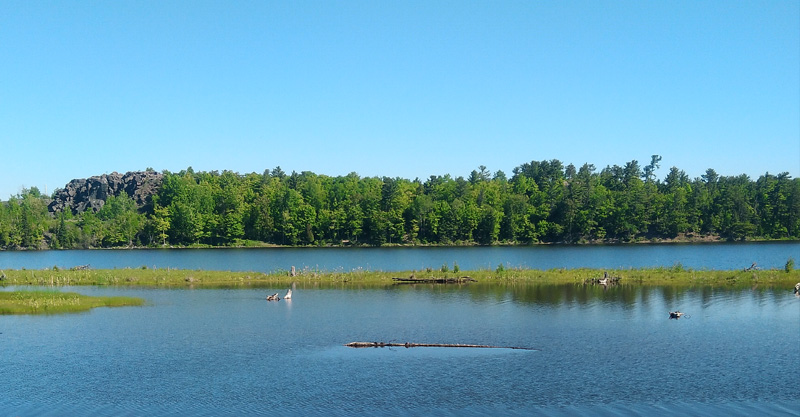The Gift of Water
Follow the Water
as seen in the Marquette Monthly July, 2018
By Jennifer A. Howard
Recently, I agreed to cat-sit for a friend who had moved to a new house. She told me she lived on Street A between So-and-So and Whatzit, on the non-lake side of the street. Her house sits a full mile from Lake Superior, but still she located it for me in terms of the water. Not “the hospital side” of the street or “the Ishpeming side,” or some other landmark to the west. The non-lake side. I knew what she meant and the cat got fed.
I am, however, a person who loves to orient myself by the directions on a compass. I grew up in Escanaba, a town built on a grid with an internal logic so rigidly sensible that a house’s address tells you its exact location. I also grew up with a dad who said things like, “Go grab the checkbook on the southwest corner of my desk.” I’ve been trained since early on to know which way is north.
But more importantly, in both Escanaba and in Marquette, we know which way is east because to the east is a lake. The world of streets and buildings and people expands around us in all directions except on the lake side. When we face that way, toward the water, the world pauses. For me, the shore of the lake works like a mute button, like a gap of deep breath where no worldly nonsense is allowed. In other directions—left, right, behind us–are cars and iPhone notifications and bills. When we’re near the water, the chaos sits outside even our peripheral vision.
Even from a distance, the lake can orient us. Yesterday, I was walking in the woods along the Dead River, chasing a geocache I couldn’t quite reach. Each time I took a new trail I thought would get me closer, I still ended up 200 feet away from the goal, and I got turned around. I finally exited the woods at the top of the hill, into the clearing of the power lines above the sand pit. Between the trees, I could see the Superior Dome so very far away, and a thin strip of Lake Superior. This exact angle on the lake was new to me, but I knew where I was and how to get home. To orient is, etymologically, to turn our faces to the east.
Water counters internal disorientation as much as it literally maps the outer world for us. To live in the world is often to be disoriented: to feel lost or out of place, to fail to regulate the best paths of our own thoughts. Therapists suggest kayaking and surfing to treat PTSD and anxiety disorders. The slow rhythm of water motion can calm brain waves, shift us into a slow dreaminess, show us the world in soft focus. We unruffle, we solve problems, or let them go, we make creative associations. We re-understand why poets write about nature so darn much.
Not everybody in our world has that protective wall of horizon nearby, and I wonder how they manage. I’ve lived elsewhere and felt the loss: in Detroit and the Detroit suburbs, where there is water near by but access is limited, the shoreline taken up by fancy houses and private parks. In a landlocked city in Indiana, which felt confusing, not knowing which direction to face when I needed to re-compose my messy head. In Marquette, I can see the lake most days, either by getting myself over there or by walking to a high point of my neighborhood in Trowbridge. I’m in no rush to leave for other geographies. If I can’t see one of the largest and most beautiful bodies of water in the world from a town’s Target parking lot, then I don’t want to live there.
Although: I have never lived in a place where the water is to the west, in a sunset world. I wonder how this changes a person. I wonder if the spinning magnet in my heart could adjust.
WATER SAVER TIPS
Changing your water habits starts with noticing your water habits. Spend a few days simply being mindful of water that goes down the drain without being put to good use.
Water plants with the water from your fish bowls when you clean them out. Plants love fish water.
Contributor’s note: Jennifer A. Howard teaches in the English Department at NMU and serves as the Editor-in-Chief of Passages North.

“The Gift of Water” columns are offered by the Northern Great Lakes Water Stewards and the Cedar Tree Institute, joined in an interfaith effort to help preserve, protect, and sanctify the waters of the Upper Peninsula.




